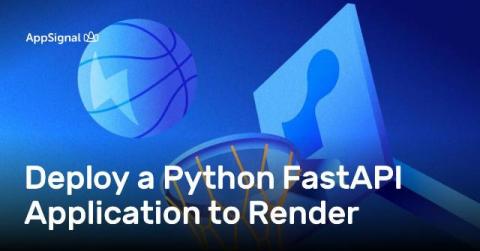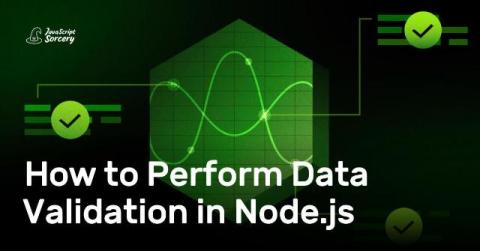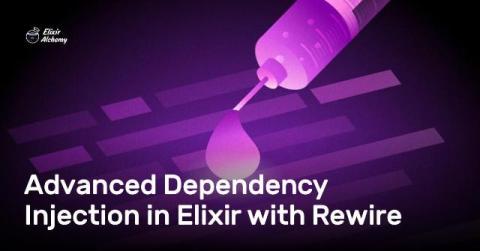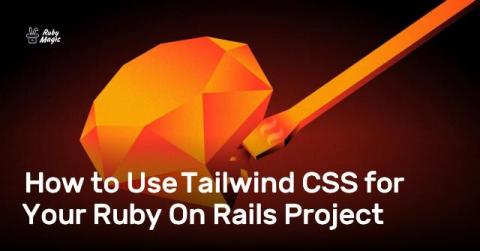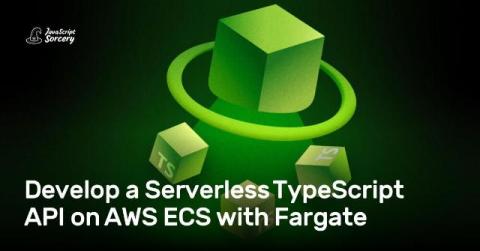Deploy a Python FastAPI Application to Render
In the world of Python frameworks, FastAPI is the new kid on the block and a great choice for building APIs. Equally, Render is a good option for developers who want to quickly test their applications in a production environment for free. In this post, we'll run through how to deploy a FastAPI app to Render. First, though, let's explore why FastAPI and Render are often chosen by developers.


